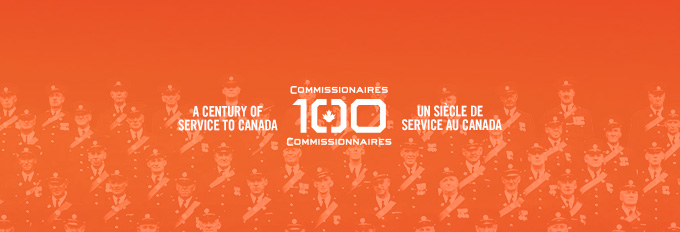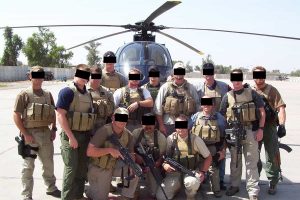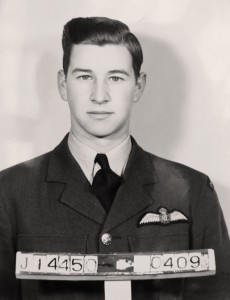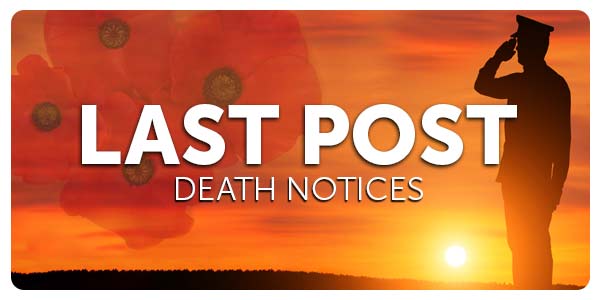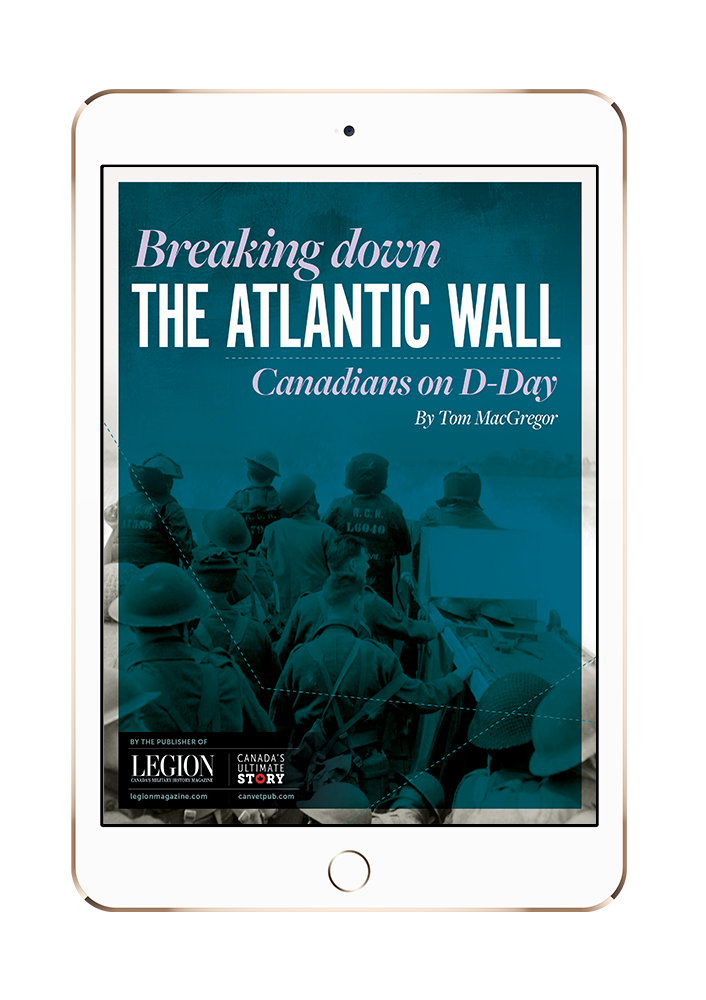
Aviation Nation: How Canadians Contributed to Flight and Space Around the World is a new children’s book from the RCAF Foundation. [RCAF Foundation]
“It seems like in the environment we’re in currently,” says the RCAF Foundation’s founding CEO, Jeremy Diamond, “it is even more important to make sure that we understand our stories, our background, our origins, and be proud of what we’ve done, while equally providing a space to be critical and introspective about some of the things we’ve done and achieved throughout our shared history as a nation.”
This is exactly what the RCAF Foundation itself strives for, established in 2021 to “recognize, foster and celebrate the Royal Canadian Air Force through community engagement, education programs and commemorative activities.” It began with a focus on marking the air force’s centenary in 2024. Nevertheless, Diamond’s hopes for the organization stretch well into the future.
The organization’s latest initiative is the release of Aviation Nation, a children’s book. Compiled for Grade 4-8 students, the publication offers insights into the century-old RCAF through the words of authors Michael Hood and Tom Jenkins, complemented by the illustrations of Josh Rivers.
Stories include some of “Canada’s greatest leaders, bravest defenders, and most creative innovators,” from the nation’s first flight in 1909 to its first and future orbit of the moon in 2026. Here, Diamond highlights just a few of those tales.

Jeremy Diamond, the RCAF Foundation’s founding CEO, says “there’s an opportunity through the book to see what most interests young readers.”
On the origins of Aviation Nation
We developed a coffee table-style book in time for the centennial called Pathway to the Stars, boasting over 100 stories for the 100 years of the air force.
It has since become a national bestseller. We’ve sold almost 10,000 copies in the last 15 months, but as we started to speak to some of the public, we realized that we could build on something geared more toward a younger audience. Not a lot of 10-year-olds, at least to my knowledge, are picking up and reading coffee books.
We wanted to create a complementary version of Pathway called Aviation Nation. It takes 65 of those stories—people, events, and machines—from the RCAF and, more broadly, the aviation history of Canada and turns them into something more accessible for those younger audiences. We worked with a professional illustrator to create amazing and beautiful illustrations of each of these stories.
But it also goes further than that in two ways. One was to build learning tools out of it. So, teachers can pick up a student workbook or resource guide and connect stories in the book with the curriculum. For this, we worked with the Faculty of Education at Laurier University to create these free, high-quality learning tools.
The second thing to complement the book was creating digital content. We decided to make short videos, animations, and bite-sized histories. You want to learn about the Avro Arrow, but you’re 10 years old? The chances are you’re not going to read a 300-page book about it. But our videos are compact histories for younger people.
On his hopes for the book
We wanted it to be very accessible to both young girls and young boys. It was very purposeful that many of the stories in Pathway to the Stars and then Aviation Nation explore the unknown and the underrepresented. The impact of women in Canadian aviation history, for example, is significant and impressive, while not being told enough. We’re talking [WW II-era aeronautical engineer] Elsie MacGill. We’re talking [groundbreaking search-and-rescue technician] Tammy Negraeff. And we’re talking [aerospace engineer] Nancy Tremblay. They’re all in the book for doing incredible things against incredible odds.
To know a young girl is reading those stories, and hopefully, or possibly, or I’d like to think probably being inspired by those women of their time, pioneers as we see them today, is one of the main objectives of our book. And we’re already seeing it.
Equally, when we tend to talk about the air force, and aviation as a whole, we often highlight the pilots. But very few people in the air force today and over the history of the air force have been pilots. There are so many other aspects of aviation. And there’s an opportunity through the book to see what most interests young readers.
Fundamentally, I want readers to be inspired. I want them to learn something new, to say, “I didn’t know we did that in Canada,” or “I didn’t know we invented that,” or “I didn’t know that was a Canadian thing.” Maybe it could get a young person interested in something that they never thought about before. Even I must admit that not everybody thinks about planes in the air force, but maybe they do after reading the book. That could be when they realize, “maybe I’ll do that one day.”
Aviation Nation: How Canadians Contributed to Flight and Space Around the World is available now.
This abridged interview has been edited for brevity and clarity.
Advertisement






